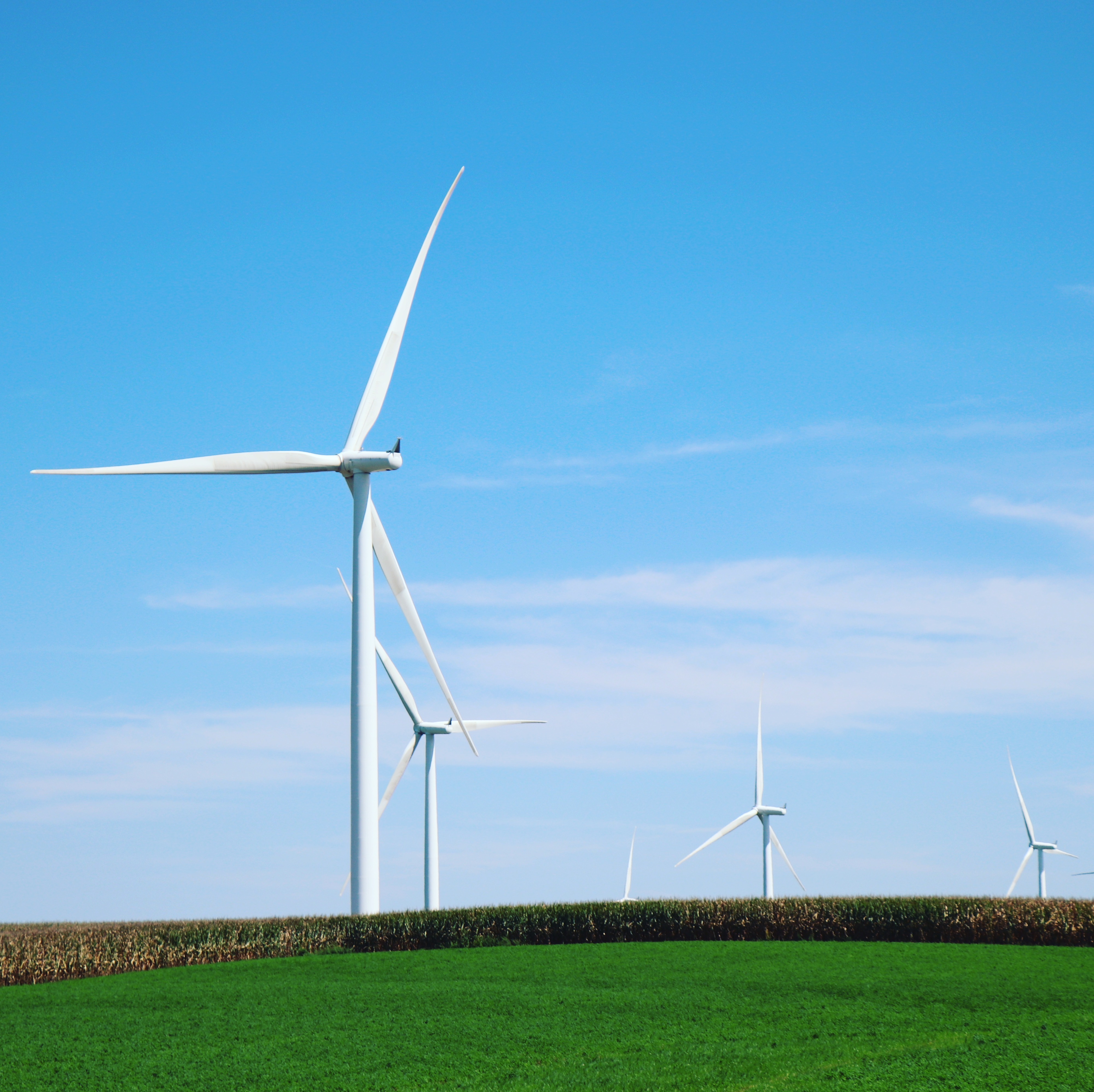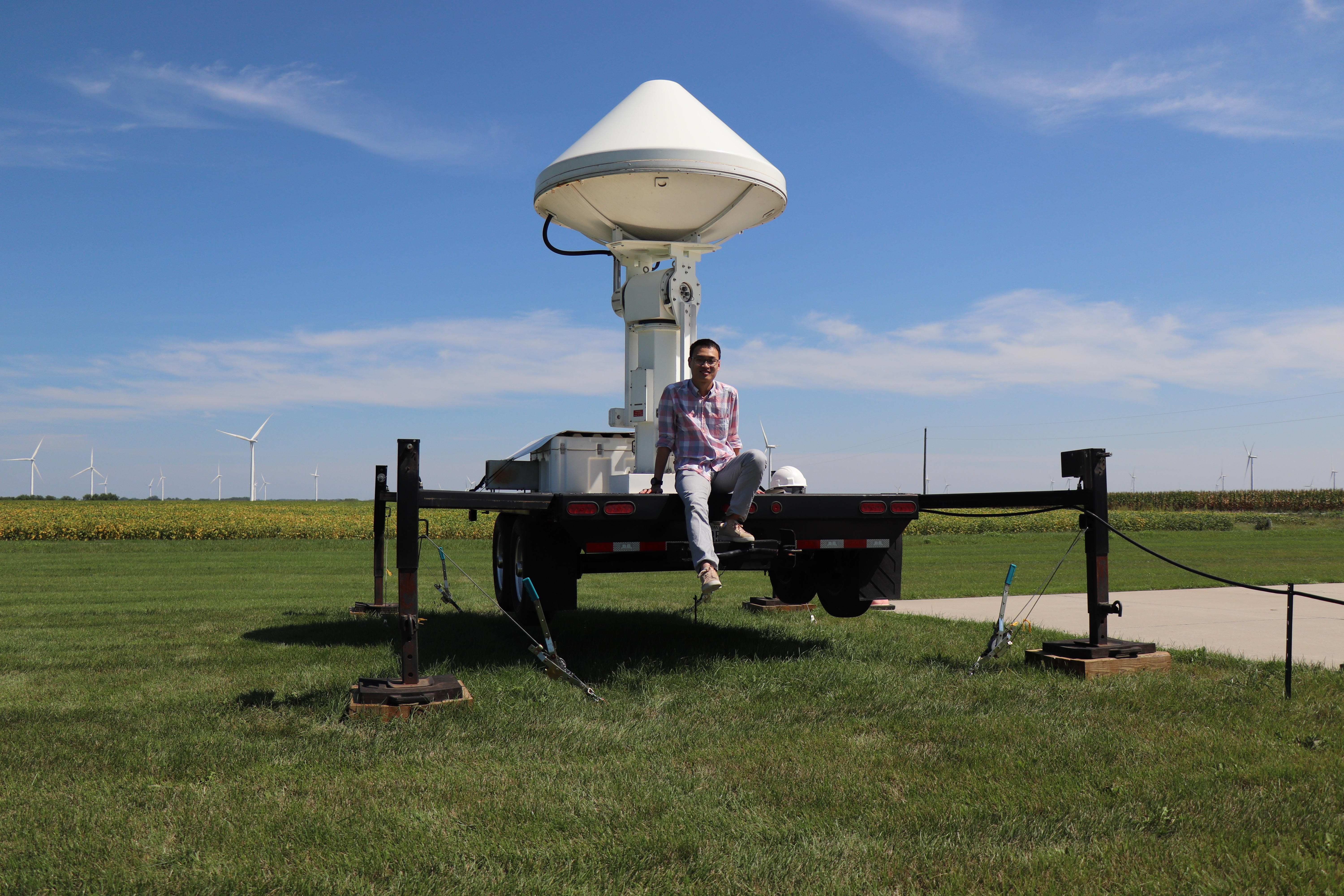Research projects
Newtonian fluid dynamics in a misaligned parallel-plate rheometer
This study examines the effect that misalignment has on the viscosity measurements of Newtonian fluids in a parallel-plate rotational rheometer. Our theoretical model shows that misalignment introduces additional secondary flows and pressure in the fluid, which affect the forces and moments in the rheometer. The paper is published in Physical Review Fluids. 
Diffusioosmotic dispersion of Solute
In this study, we study the dispersion induced by the diffusioosmotic motion near a charged wall in the presence of a solute concentration gradient. We derived theoretical predictions for the solute dynamics using a multiple-timescale analysis to quantify the dispersion driven by the solute-surface interaction. In addition, we used numerical simulations to validate our theoretical predictions. The paper is published in Journal of Fluid Mechanics. 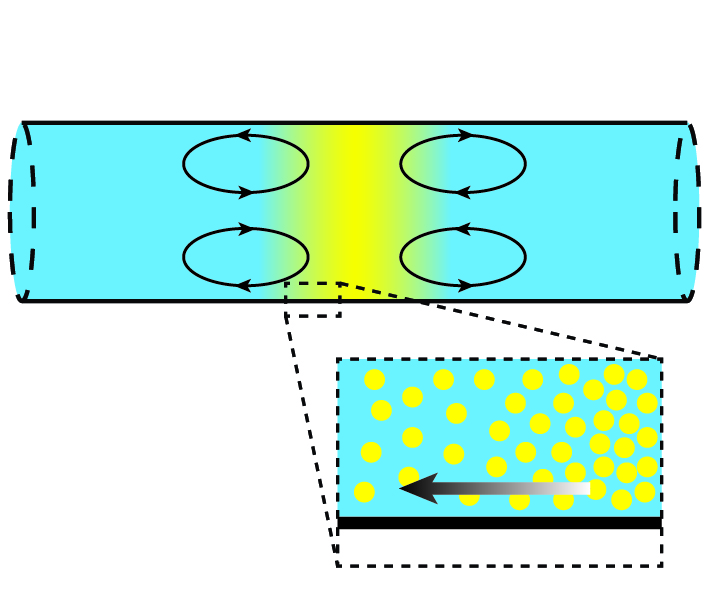
Dynamics of finite-length rods near solid boundaries
We studied the the low-Reynolds-number flow around finite rods that are allowed to rotate or translate in directions perpendicular or parallel to the rigid plane. We developed a 3D lubrication theory to characterize the pressure and hydrodynamic resistances of the cylinders through a special consideration of the cylinder’s end effects. In addtion, we use 3D numerical simulations to solve these Stokes flows for cylinders of varying lengths and with varying gap sizes between the cylinder and plane. Paper is published in Journal of Fluid Mechanics. 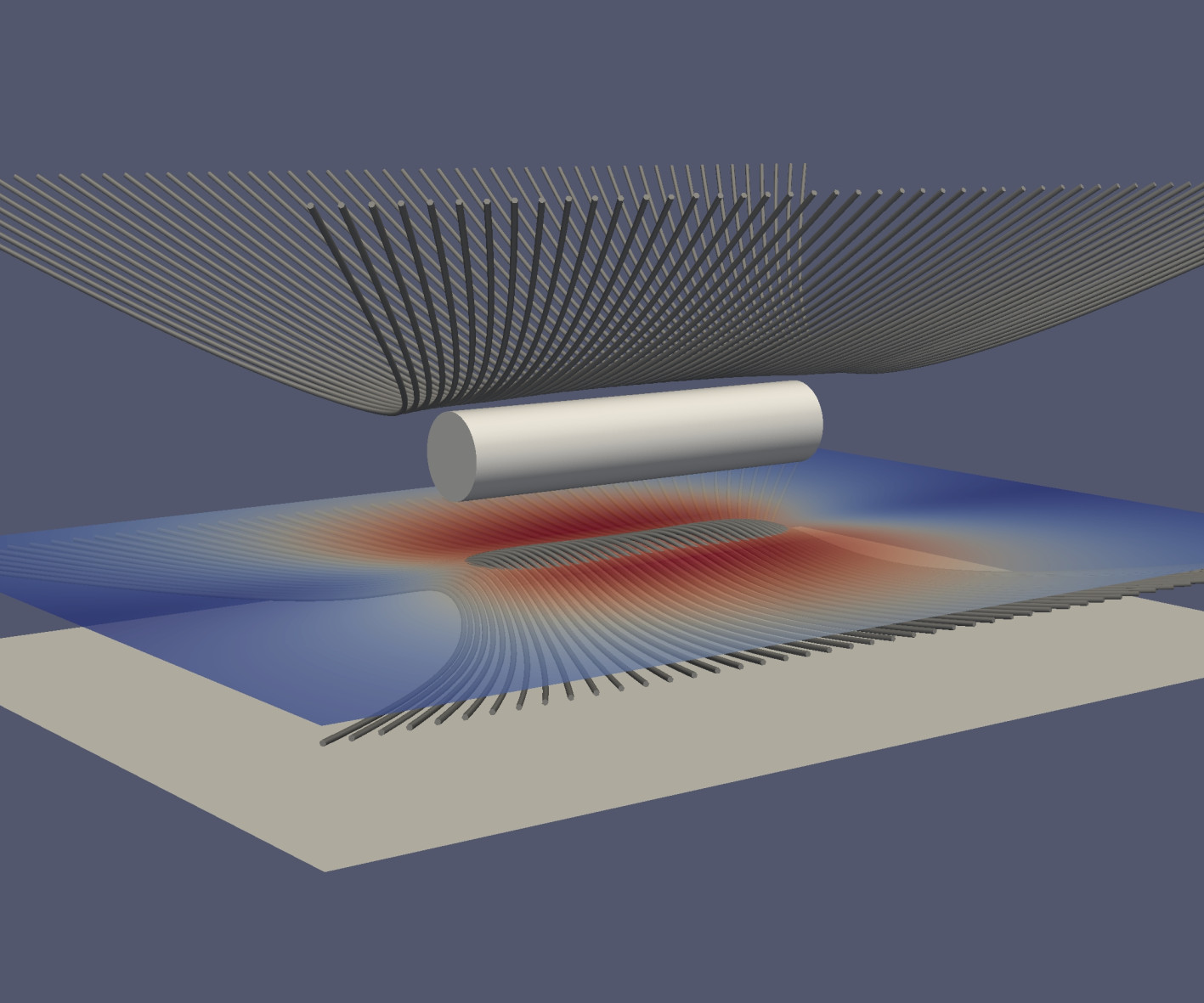
A calibration procedure for an analytical wake model using SCADA data
Wind turbine wakes are responsible for the reduction of wind farm power generation. Our goal is to develop a procedure for wind farm wake modeling using a Gaussian-based analytical wake model and wind farm operational data. The procedure can help to optimize wind farm power generation and understand low wind regions. 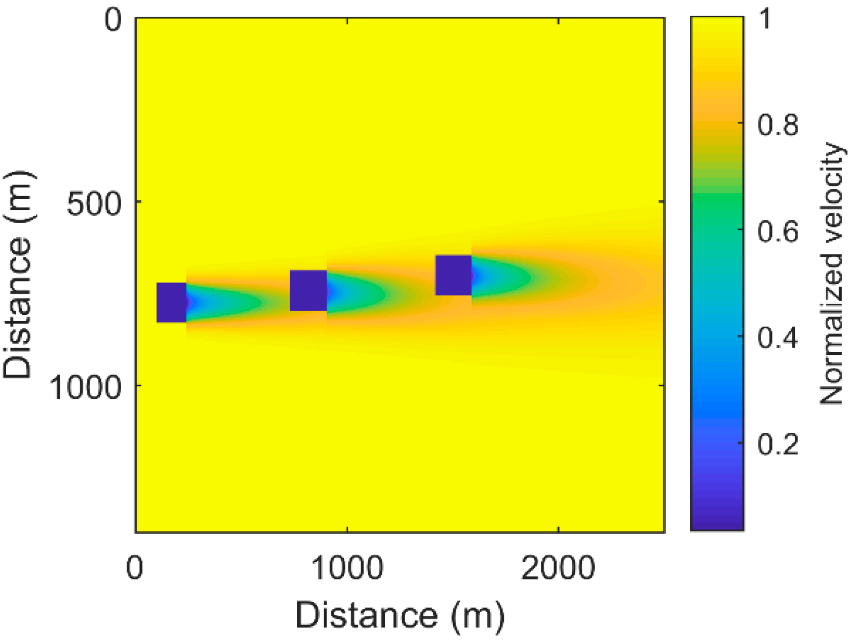
Monitoring bat activities at a large wind farm
Wind energy is the fastest-growing renewable energy source. However, bat fatalities associated with wind power generation is a rising concern. In order to study the interaction of bats with wind turbines and to investigate the feasibility of using remote sensing tools for bat detection at a large wind farm, we conducted a multi-instrument bat detection experiment during the bat fall migration period within a wind farm in Iowa, USA. News Highlight

